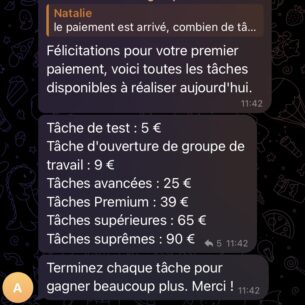Ground Zero

We will never see his medical file — we assume it is as thick as a court record — with its multicolored sheets, the accounts of the dozen of blood tests that made a mess of his arms every day, the printed records of his heartbeats measured every hour by the nurse, the temperature curves, initially kept in a large binder placed at the foot of the bed. The never ending drugs prescription…
We go out in the street after getting rid of the colored label, proof of our good recording by the hospital doorman and daily pass to access the room. We walk in the street, works are going on, they construct a building. Pedestrians are encouraged to use a crosswalk. The wooden fences are lined with several dozens of pages. Printed documents have been carefully stapled and placed within a clear plastic protection against the rain. We first think about an event: a petition or a protest… or maybe an artist eager to give his prose to pedestrians? It’s actually a whole wall of permits issued by city departments: the case of a planning permission, completely unfolded. A record not for oneself but for others. Writings as illegible for lay people as medical records, though intended to be exposed. You don’t act in public space without showing though writings you are authorized to.
This gallery of signatures from the different municipal technical services adorns the wall. We look at it, and we think about the writings that decorated the same spot, not long ago. Left here by anonymous people after the 9.11 attacks. The city is a never ending palimpsest, a uninterrupted succession of writing strata that form the File of our present. Injuries and hopes included.






